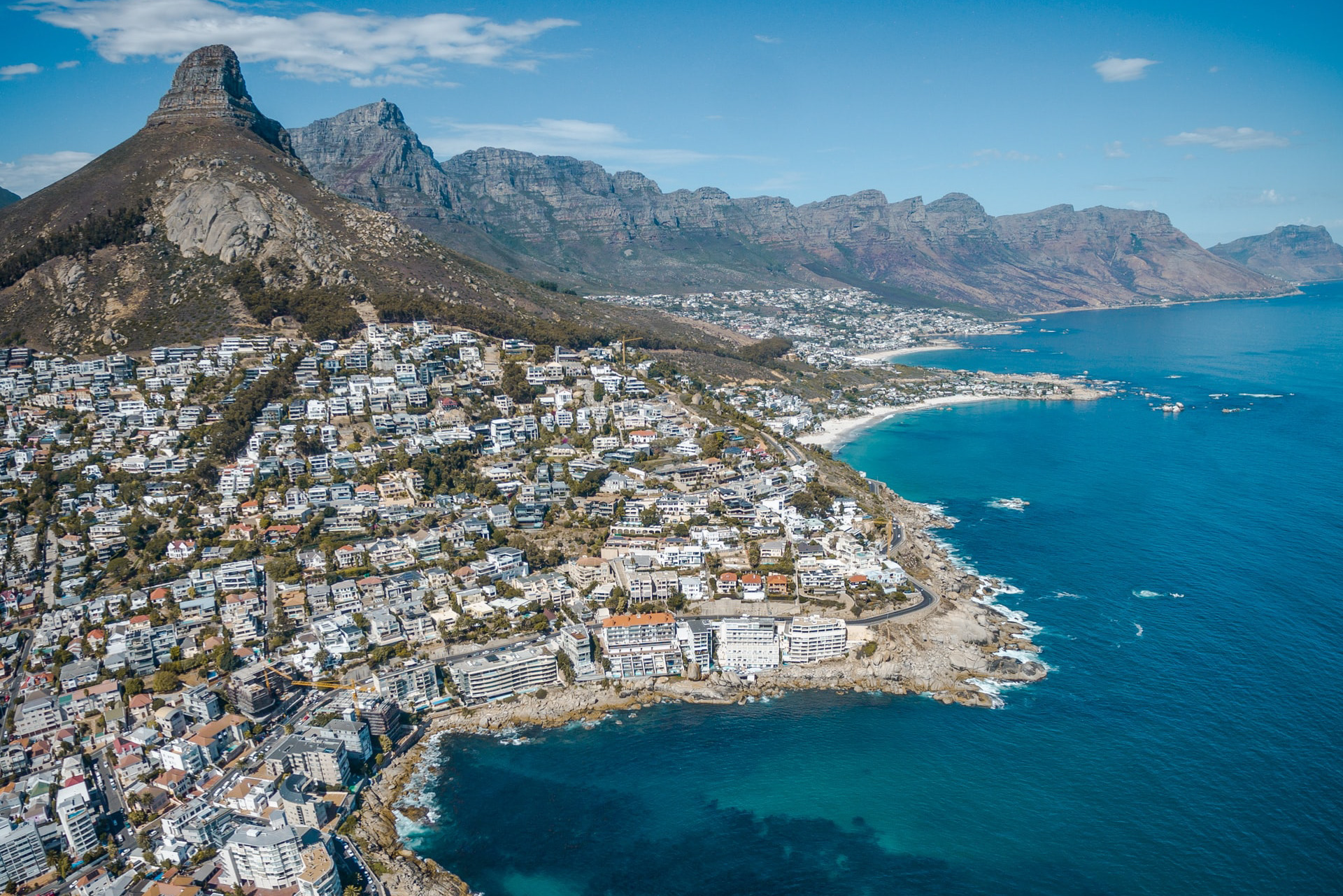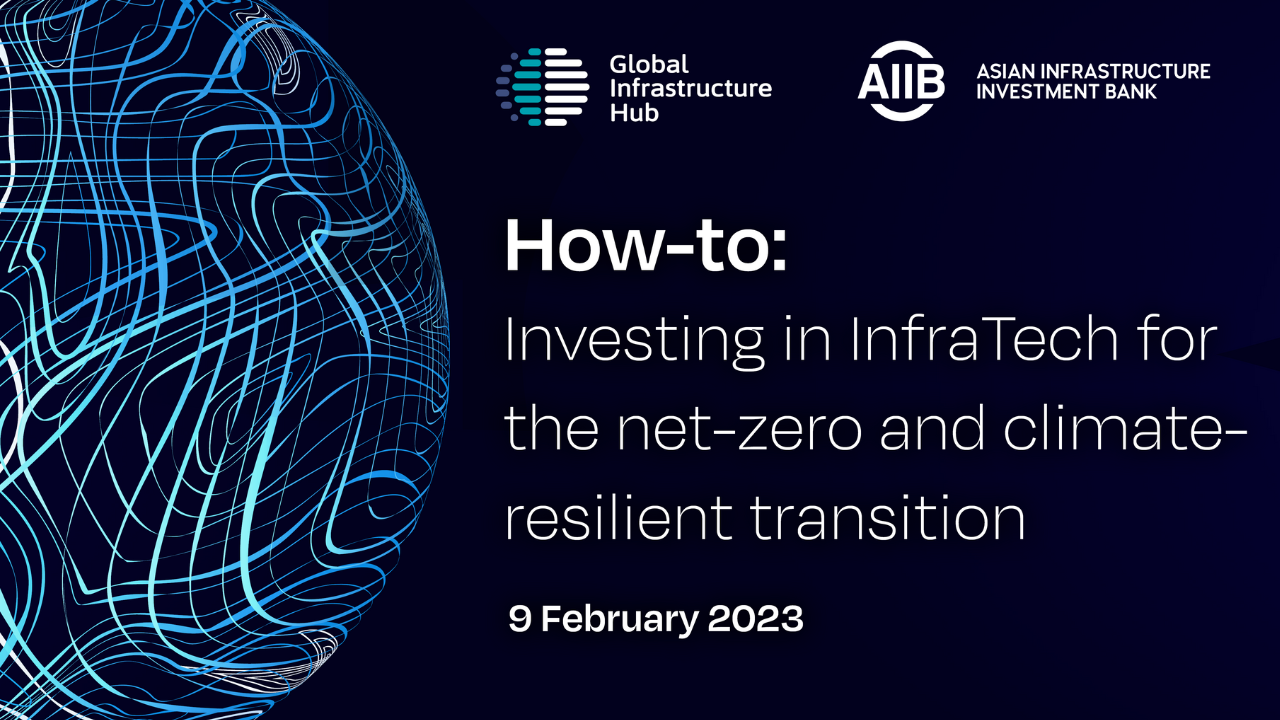1740 results found
Featured results



More results
The paper analyses the impact of infrastructure on trade, suggesting that potential gains are large and increase with the quality of infrastructure of trading partners.

This paper exploits variations in the timing of telecommunications reforms across Europe to analyze the relationship between the rise of alternative work arrangements and the emergence of the Internet, which sectors are most impacted by the internet is also reviewed.

The GI Hub’s InfraTracker aims to help address this data gap by analysing public investment data presented in G20 government budgets

In the world of infrastructure, technological change presents both a challenge and an opportunity. The challenge arises because of the large capital investments which infrastructure projects normally require and the threat that the infrastructure may become obsolete before the investors – whether they are public or private investors – can fully recover their costs. At the same time, there is an opportunity, namely that by using new technologies, we can deliver infrastructure services to the public in a way that is both more efficient and more effectiv
The GI Hub’s Sam Barr has authored an article that looks at the US Inflation Reduction Act, its explicit shift toward protectionism, and how it may provide an opportunity for the US to be a global leader in a just green energy transition.
South Africa is turning the pandemic into a positive force in future infrastructure planning.
In this Q&A we speak to IRIS CEO and Co-founder Emil Sylvester Ramos, to find out how winning the GI Hub’s 2021 innovation competition has helped IRIS to scale globally and reach emerging markets.
Join the GI Hub and Asian Infrastructure Investment Bank for a webinar that will present the case for investing in infrastructure technology (InfraTech) to support the transition to net zero.
The Hudson Yards project is the largest mixed-use private real estate development in the United States by area (28 acres) and is projected to cost USD25 billion upon completion.
Hyderabad's growing population and road congestion resulted in the Government of Andhra Pradesh pursuing Hyderabad Metro Rail which, in its first phase, is a 72 km network covering three high-density traffic corridors.

This project was one of the early energy generation PPPs awarded in Brazil. The construction was delayed due to difficulties in obtaining environmental permits.


Hyperloop is a form of high-speed transport using passenger 'pods' in low-pressure or vacuum tubes.

The I-495 Express Lanes PPP (generally referred to in North America as P3) project consists of the construction of two additional high-occupancy toll (HOT) lanes.


The aim of this exercise is to better understand the landscape by cataloguing and mapping what already exists, acknowledging that the list will never be exhaustive.

The IMF has compiled a suite of analysis, research, diagnostic tools, country reports, data sets, and other resources on the importance of public investment as a catalyst for economic growth.

This article to the debate on the spatial allocation of infrastructure investments by examining where these investments generate the highest economic return (‘spatial efficiency’), and identifying trade-offs when infrastructure coverage is made more equitable across regions (‘spatial equity’).

The Global Infrastructure Hub’s Hyeyoung Kim and Morag Baird joined World Bank PPP and Infrastructure Consultant Rob Richards for a webinar discussing how infrastructure projects in Korea are assessed and determined to be Public Private Partnerships.
With a USD3.7 trillion global infrastructure investment need that continues to widen, and government debt levels substantially higher than they were after the global financial crisis, recent infrastructure bond issuances offer valuable lessons.
During COP27, our guest authors from WAPPP, CPCS Transcom Ltd and Princeton University explore recommendations for integrating and mainstreaming three climate-related risks.
To increase its global competitiveness, Brazil created an ambitious strategy to attract more private investment in its infrastructure. A partnership with the Global Infrastructure Hub helped Brazil implement and realise this strategy.






 Inclusive Infrastruture
Inclusive Infrastruture









